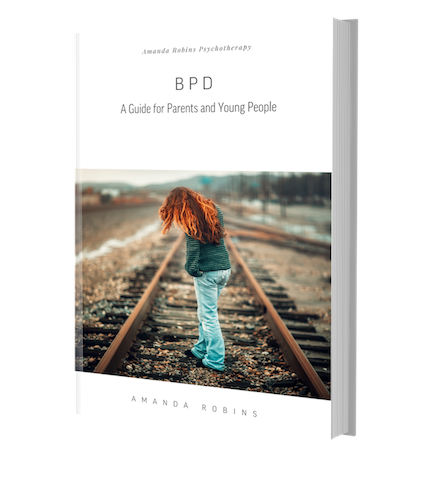The Formal Diagnostic Criteria for BPD
In order to make a formal diagnosis of borderline personality disorder (BPD), an experienced clinician will make an assessment of the symptoms and presentation. Often this diagnosis will be based on criteria listed in the Diagnostic and Statistical Manual of Mental Disorders (DSM) - a classification system. The most recent version of the DSM organises the criteria around the central concept of identity disturbance, which I believe gets to the heart of the problems associated with BPD.
For more about identity and personality disorders.
According to the DSM-IV-TR (American Psychiatric Association, 2000), borderline personality disorder is diagnosed when there is a persistent pattern of unstable interpersonal relationships, mood and self-image, as well as distinct impulsive behaviour, beginning by early adulthood and present in a variety of contexts. These difficulties are indicated by five (or more) of the following:
Frantic efforts to avoid real or imagined abandonment.
A pattern of unstable and intense interpersonal relationships characterised by alternating between extremes of idealisation and devaluation.
Identity disturbance: markedly and persistently unstable self-image or sense of self.
Impulsivity in at least two areas that are potentially self-damaging (e.g. spending, sex, substance abuse, reckless driving, binge eating). This does not include suicidal or self-harming behaviour.
Recurrent suicidal behaviour, gestures, or threats, or self-mutilating behaviour.
Affective instability due to a marked reactivity of mood - intense feelings that can last from a few hours to a few days.
Chronic feelings of emptiness.
Inappropriate intense anger or difficulty controlling anger.
Transient, stress-related paranoid ideas or severe dissociative symptoms.
Not all people diagnosed with BPD will present in the same way, as there are over 100 combinations of symptoms possible, if someone has five out of the nine criteria.
The diagnosis of BPD is only made when it is clear that these behaviours have been present over time (usually starting in early adulthood) and across a range of situations.















